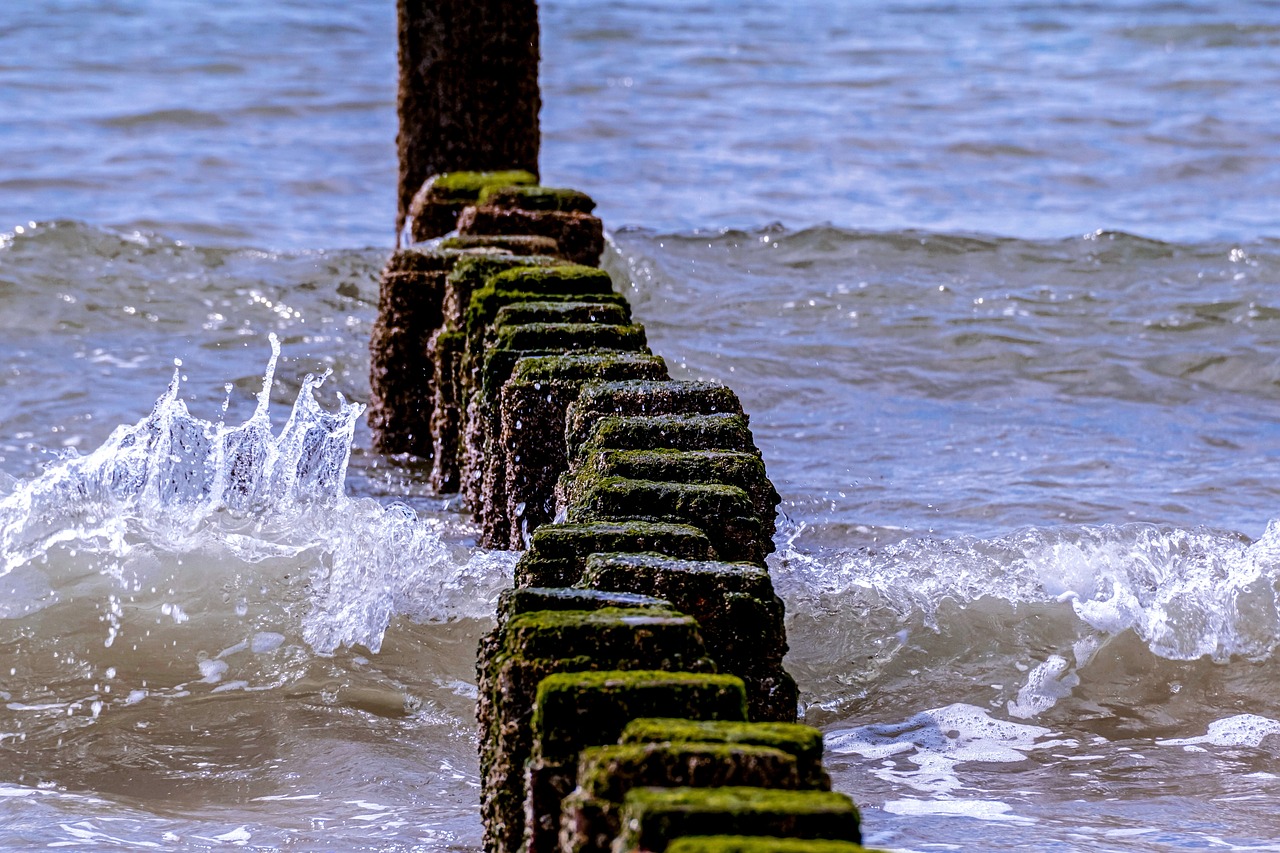So, you’ve set up your inflatable pool in your backyard, ready for some fun in the sun. But uh-oh, you notice some greenish stuff starting to appear in the water. Algae! Don’t worry, we’ve got you covered. In this article, we’ll share some simple and effective tips on how to prevent and treat algae in your inflatable pool, so you can keep the water clean and clear for endless summer enjoyment. With a little bit of maintenance and a proactive approach, you’ll be splashing around in crystal-clear water all season long.

Understanding Algae in Inflatable Pools
Algae growth in inflatable pools can be a common and frustrating problem for pool owners. Algae are tiny plant-like organisms that thrive in warm, moist environments. They can quickly multiply and turn your pool water into a green, slimy mess if not properly addressed. Understanding the types of algae and the causes of their growth is essential in preventing and treating algae in your inflatable pool.
Types of Algae
There are three common types of algae that can take hold in your inflatable pool: green algae, yellow/mustard algae, and black algae.
Green algae is the most common and easily recognizable type. It can appear as a green film on the pool walls, floor, or even floating on the water’s surface.
Yellow or mustard algae is a more stubborn and often resistant form of algae. It typically presents itself as yellowish patches on the walls and bottom of the pool.
Black algae, though less common, is the most difficult to eradicate. It appears as black or dark blue-green spots that root deep into the pool’s surfaces, making it challenging to remove.
Causes of Algae Growth
Algae growth in inflatable pools can be attributed to several factors. One of the primary causes is inadequate pool maintenance. If the pool water is not properly sanitized, the chance of algae growth significantly increases.
Another common cause is imbalanced water chemistry. When the pH, alkalinity, or chlorine levels are not within the appropriate range, it creates an environment that promotes algae growth.
Additionally, poor circulation and filtration can contribute to algae growth. Without proper water circulation, stagnant areas can develop, providing an ideal breeding ground for algae.
Finally, environmental factors such as excessive sunlight, warm temperatures, and rainfall can also contribute to algae growth. These external factors can introduce spores and nutrients into the pool water, leading to algae development.

Preventive Measures to Keep Algae at Bay
Taking preventive measures to keep algae at bay is crucial in maintaining a clean and clear inflatable pool. By implementing the following preventive strategies, you can significantly reduce the likelihood of algae growth:
Proper Pool Maintenance
Regular pool maintenance is the foundation for preventing algae growth. This includes maintaining proper water levels, regularly cleaning the pool surfaces, and ensuring the filtration system is in good working order.
Maintaining Appropriate Water Chemistry
Keeping the water chemistry at optimal levels is essential in preventing algae growth. Regularly test the water and adjust the pH, alkalinity, and chlorine levels as needed. This will create an environment that is hostile to algae growth and ensure a clean and enjoyable swimming experience.
Frequent Filtration and Circulation
Continuous water circulation and frequent filtration are key in preventing algae growth. Ensure that your pool’s filtration system is functioning correctly and operate it regularly to keep the water moving. Regularly clean or replace the pool filter as recommended by the manufacturer.
Regular Brushing and Skimming
Brushing the pool walls, floor, and other surfaces is an effective method to prevent algae growth. By physically removing any potential algae spores or buildup, you disrupt their ability to take root and grow. Skimming the pool surface regularly will also remove any debris that could contribute to algae growth.
Covering the Pool when Not in Use
When your inflatable pool is not in use, covering it with a pool cover is a simple yet effective preventive measure. This will prevent debris from entering the pool and reduce the exposure to sunlight, limiting the opportunity for algae to thrive.

Effective Ways to Treat Algae in Your Inflatable Pool
Despite your best efforts, algae may still make its way into your inflatable pool. When this happens, it is crucial to address the issue promptly to prevent further growth and restore the pool’s cleanliness. Here are some effective ways to treat algae in your inflatable pool:
Identifying the Type of Algae
Before treating algae, it is essential to correctly identify the type. Green algae can typically be easily recognized, while yellow and black algae may require additional examination. By knowing the specific type of algae, you can select the appropriate treatment method for optimal results.
Shock Treatment
Shock treatment involves using a high concentration of chlorine to kill algae and other contaminants in the pool water. This process requires adding a shock treatment product to the pool according to the manufacturer’s instructions. It is essential to follow the instructions carefully and ensure the pool water reaches the recommended chlorine levels.
Algaecides
Algaecides are chemical treatments specifically designed to kill and prevent algae growth. They come in various forms, such as liquid or granular, and should be added to the pool water according to the product instructions. Algaecides work by breaking down the algae’s cellular structure and preventing it from regrowing.
Brushing and Vacuuming
Once the algae have been treated, it is essential to physically remove them from the pool surfaces. Brushing the pool walls, floor, and other affected areas helps loosen the algae, making it easier to vacuum. Using a pool vacuum or manual vacuuming equipment, carefully remove the algae debris from the pool to prevent any potential regrowth.
Maintain Proper Water Balance
Even after treating algae, it is crucial to maintain proper water balance to prevent its recurrence. Regularly test and adjust the water’s pH, alkalinity, and chlorine levels as needed. This will ensure a healthy environment for swimmers and discourage algae growth.
By understanding the types of algae, the causes of their growth, implementing preventive measures, and effectively treating algae when it occurs, you can maintain a clean and algae-free inflatable pool. With proper care and attention, you can enjoy countless hours of fun and relaxation in your pool all summer long.
